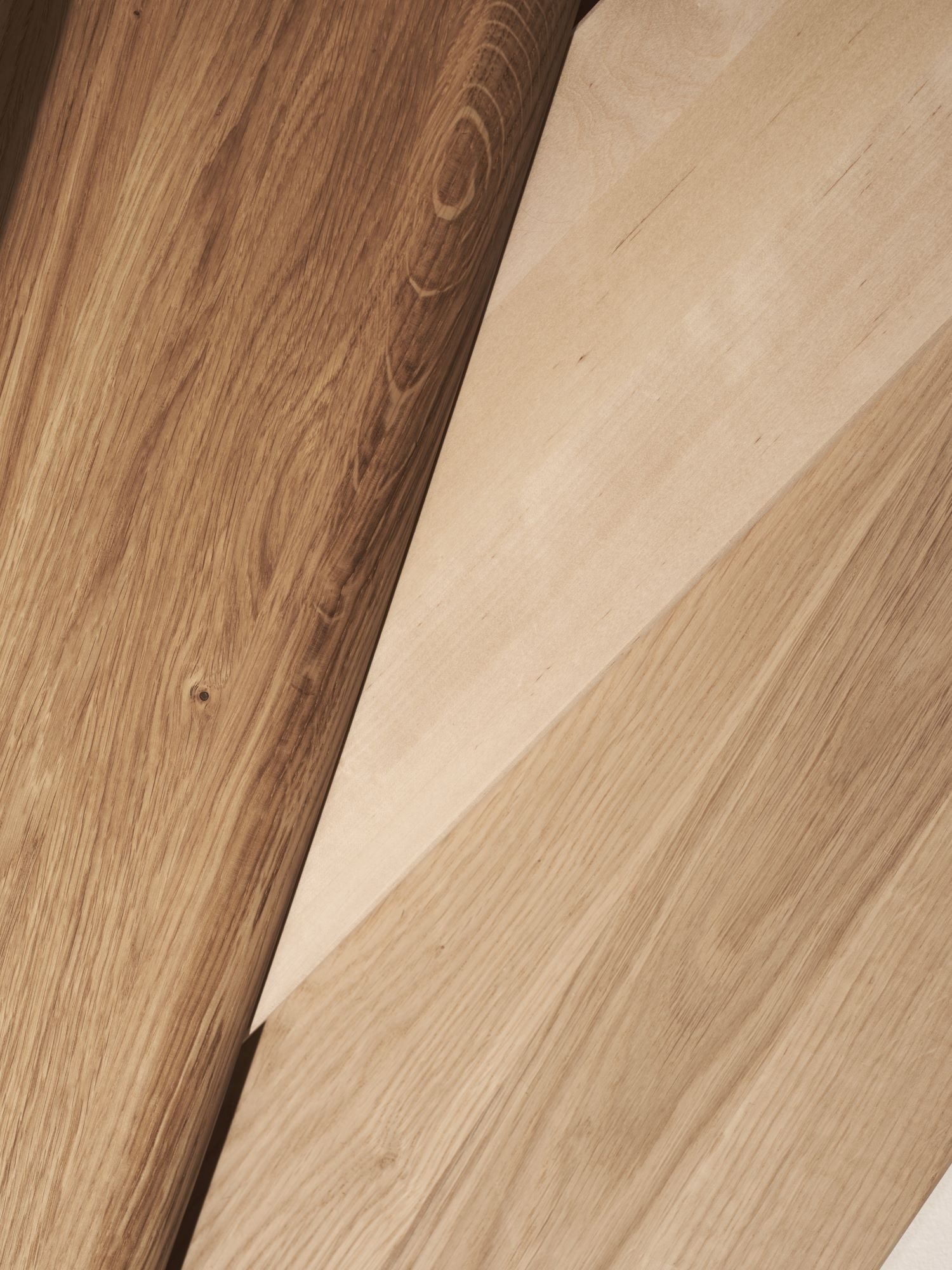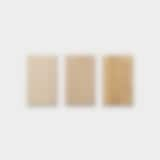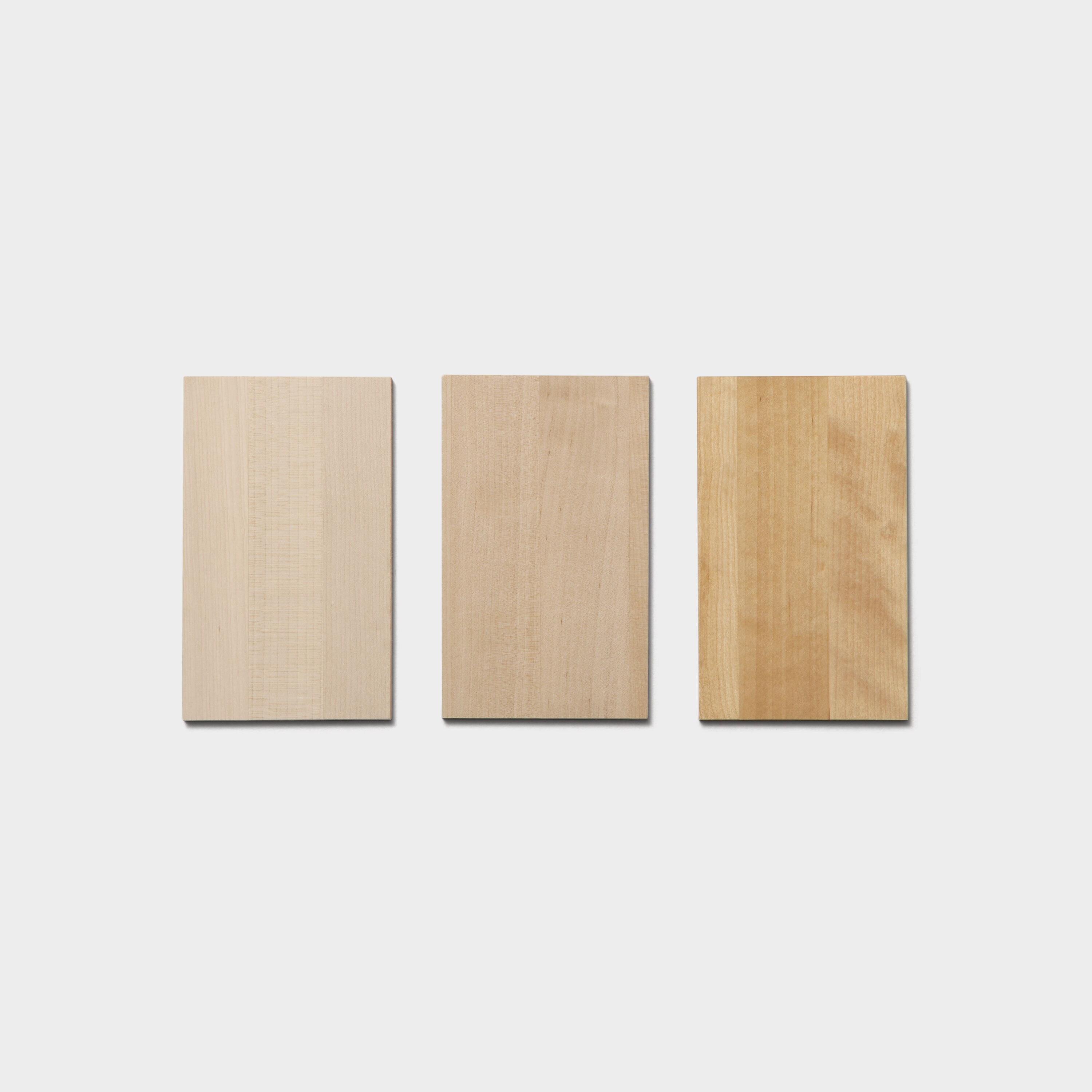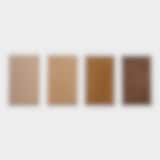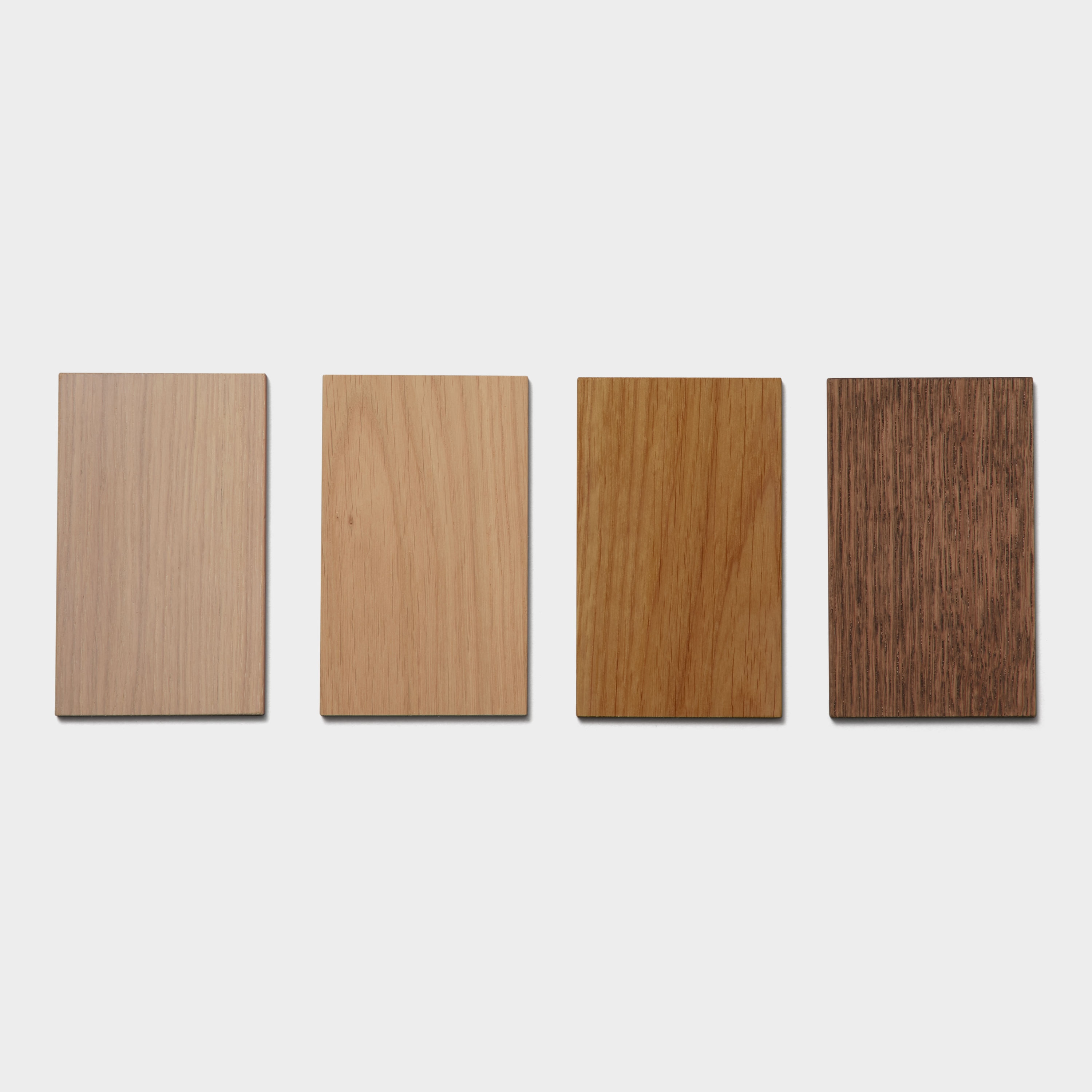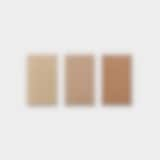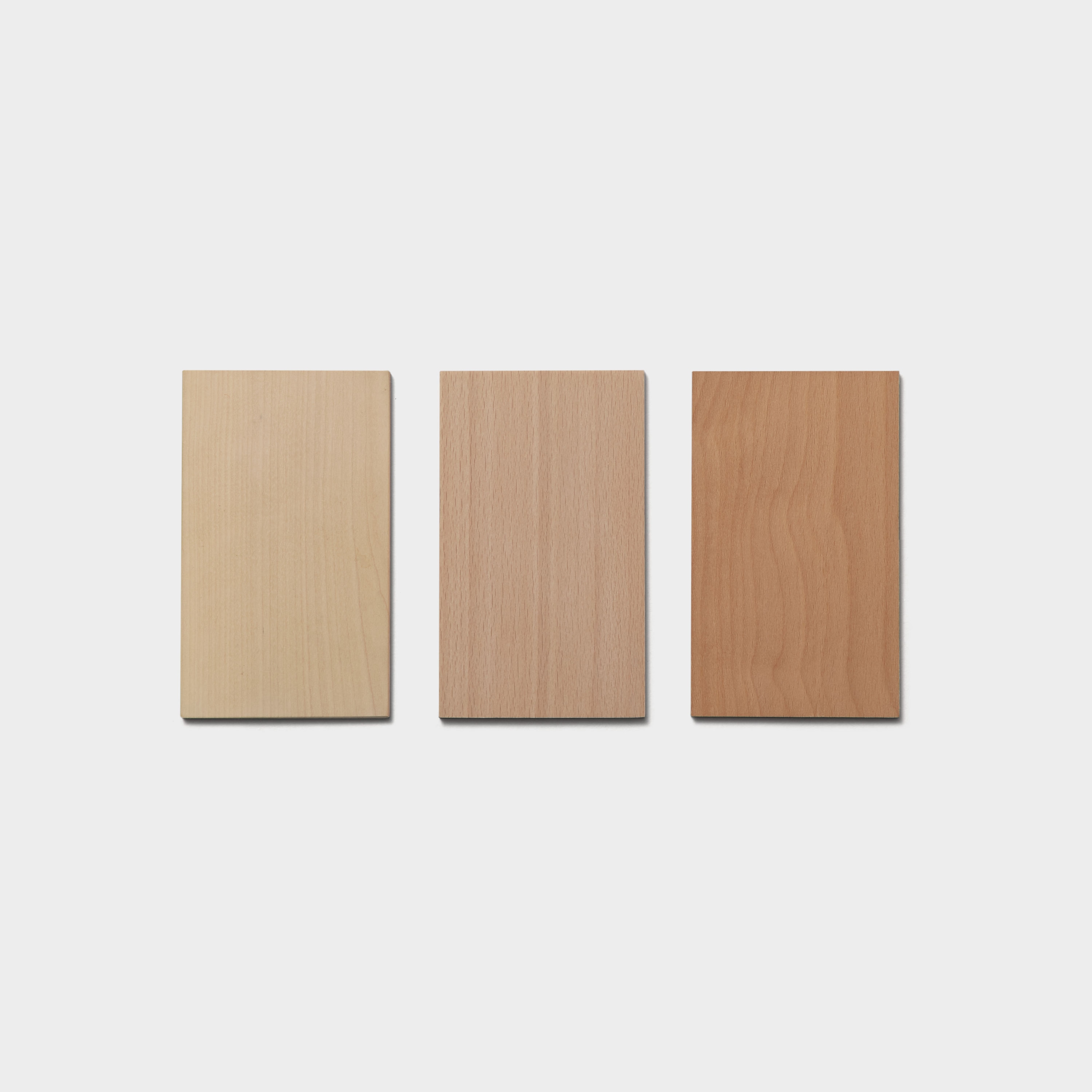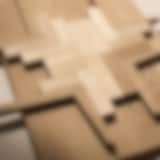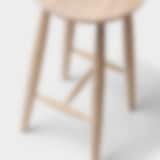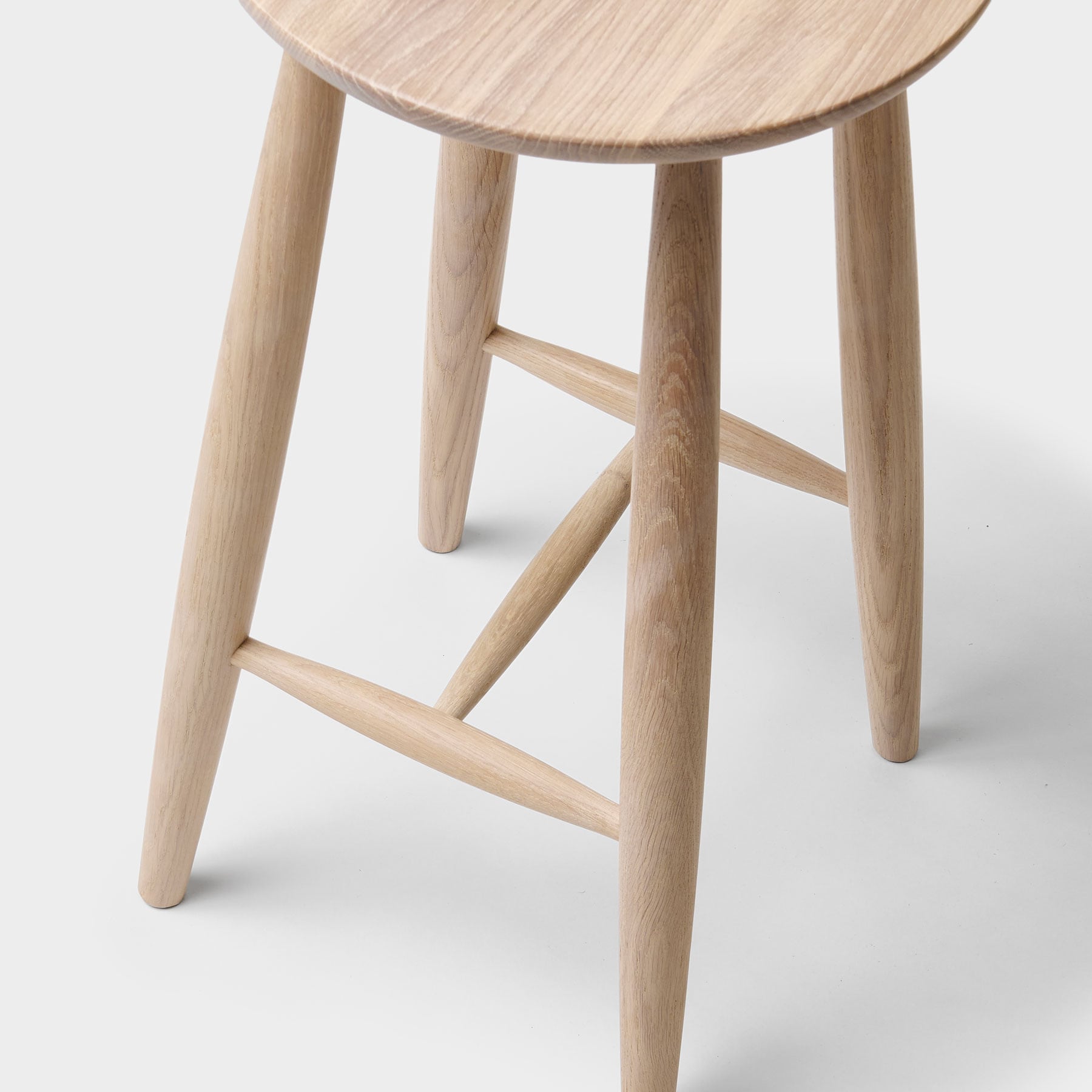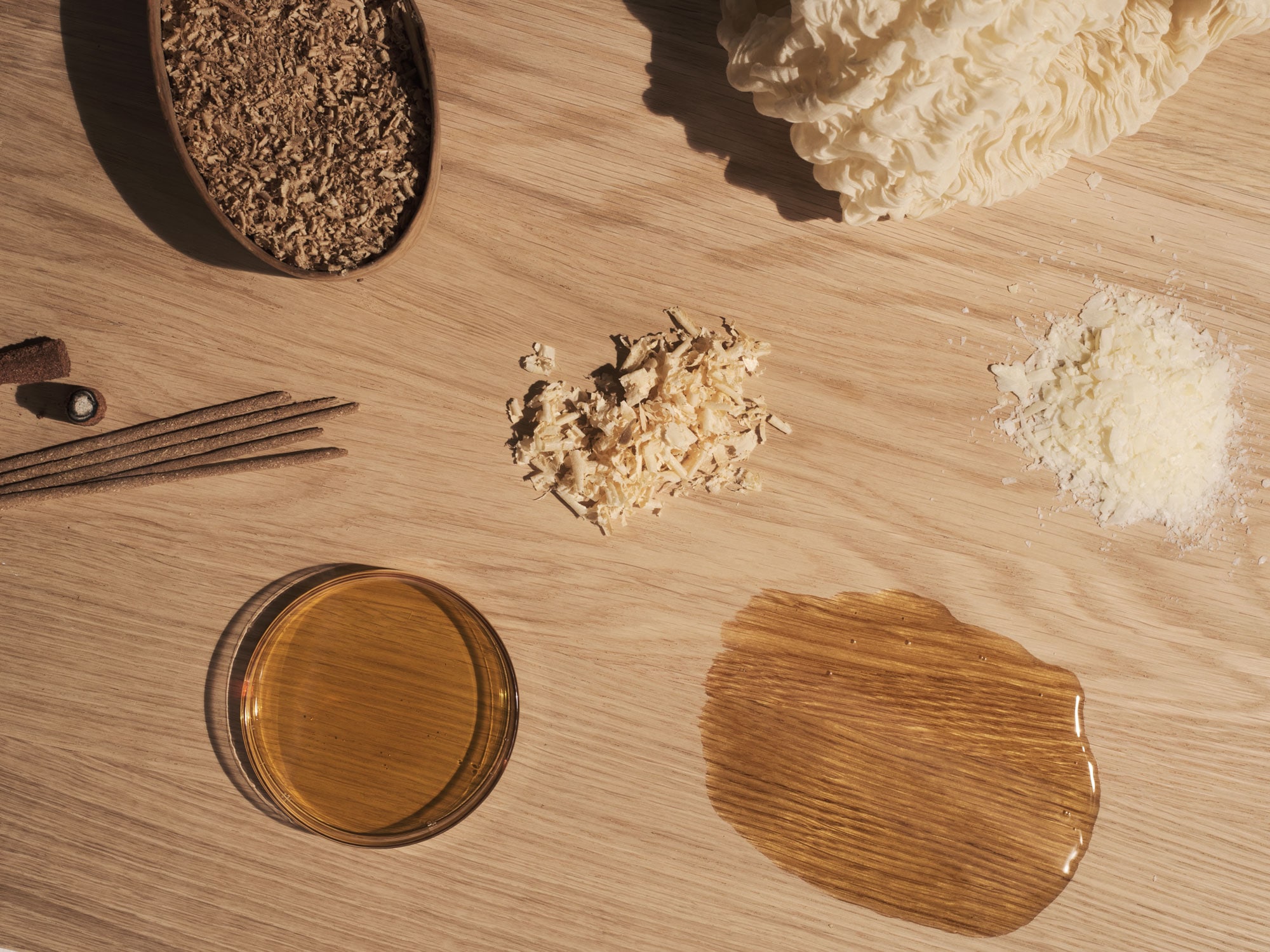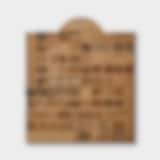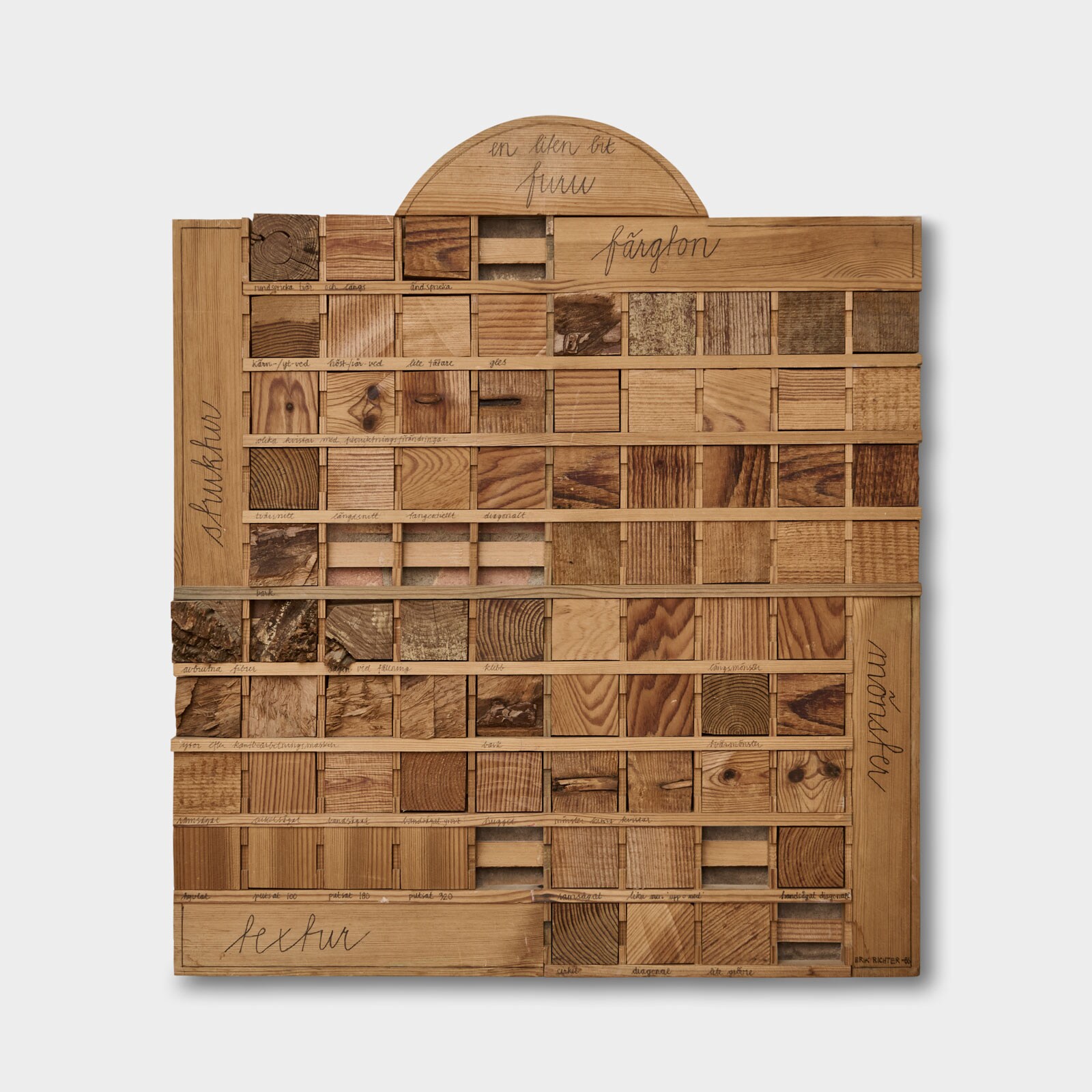At Norrgavel, we love using solid wood for our furniture – this vibrant, durable, and uniquely beautiful natural material. No piece of furniture is exactly like another, precisely because each individual tree leaves its own distinct mark on every piece. And even after the tree has been felled and sawn into timber, the natural material continues to be influenced by its surrounding environment. That’s why we choose to call wood a living material. Since wood reacts to moisture and temperature, it essentially lives in tune with the seasons. Independent and expressive!
Wood at Norrgavel – a lifelong love affair
Ever since our founding in 1993, we have chosen to use solid wood for our furniture – a passionate and sustainable choice. We are also eager to share more knowledge about wood, focusing on the types of wood found in Scandinavia. Partly to make it easier and more enjoyable to furnish with the natural cycle in mind. But also to highlight all the benefits of wood, so that Norrgavel furniture has the best possible chance of becoming a lifelong love affair in your home. But what is the actual difference between solid wood and veneer? And how should you care for furniture made from solid wood? We explore these questions and much more in this wood guide – offering plenty of inspiration, facts, and helpful advice.
“Every tree is completely unique, which is why the surface of a piece of furniture made from solid wood will appear more vibrant – it will never have the uniform look of veneer.”
